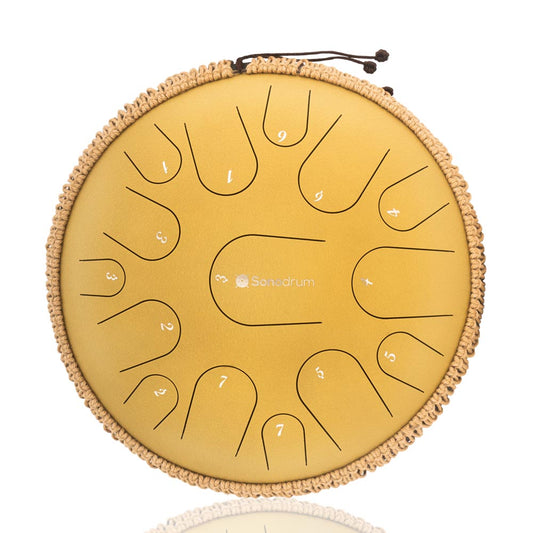The genesis of the steel drum dates back to the early 20th century in Trinidad and Tobago, a time and place where the echoes of African heritage blended with the realities of colonialism. With African-based drumming traditions being banned by the British colonial authorities due to fears of communication among the enslaved populations, the resilient people of Trinidad turned to alternative sound-making objects, including bamboo "tamboo bamboo" bands and, eventually, discarded oil barrels from the U.S. naval bases on the islands.
In the 1930s and 1940s, innovative individuals began experimenting with these oil drums, discovering that different tones could be produced by pounding the metal surfaces. The first steel pans were simple instruments with a few pitches hammered into the metal, but they marked the beginning of a revolutionary musical era.
The Evolution of the Steel Drum
The evolution of the steel drum is a story of continuous experimentation and refinement. Early pioneers like Winston "Spree" Simon, Ellie Mannette, and Anthony Williams played pivotal roles in transforming the steel drum into a fully-fledged musical instrument. By sinking the surface of the drum to create a concave shape and segmenting it into different areas for various notes, they increased the instrument's range and tonal quality. Mannette, known as the "Father of the Modern Steel Drum," introduced the use of 55-gallon oil barrels, which became the standard due to their superior sound quality.
The steel drum bands, or "steel bands," that emerged in Trinidad became the backbone of the island's carnival, providing a rhythmic and melodic foundation for the annual celebration. Competitions, most notably the Panorama steel band competition, spurred innovation and excellence in steel drum music.
Cultural Significance
The steel drum is more than a musical instrument; it's a symbol of resilience, creativity, and identity for the people of Trinidad and Tobago. It represents the triumph of marginalized communities transforming industrial waste into a vibrant musical tradition. As such, the steel drum is deeply intertwined with the cultural and social fabric of the island nation, embodying its history, struggles, and celebrations.
Global Spread
The latter half of the 20th century saw the steel drum spread beyond the shores of Trinidad and Tobago, captivating audiences worldwide with its unique sound. The instrument's global journey was propelled by Trinidadian musicians and immigrants, as well as by foreign enthusiasts fascinated by its sonic possibilities. Today, steel bands can be found in various parts of the world, including the United States, Europe, Japan, and Australia, performing a wide range of music from traditional calypsos to classical pieces, jazz, and pop arrangements.
The steel drum's versatility and distinctive sound have also seen it incorporated into various musical genres and performances, highlighting its adaptability and the creativity of its players.
Conclusion
The history and evolution of the steel tongue drum from humble beginnings to a celebrated global phenomenon encapsulate a narrative of innovation, cultural expression, and communal spirit. Its development is a testament to the ingenuity of the Trinidadian people and their ability to create a musical legacy that resonates with audiences around the world. As we delve into the origins and journey of the steel drum, we celebrate not only the instrument itself but also the rich tapestry of history and culture it represents.




